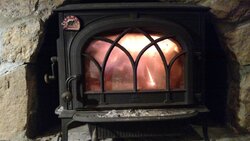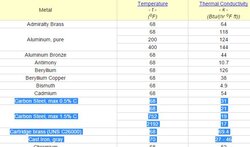Wowie, so many chiefs, so many experts, so many academicians.
This boys and girls is a product (wood stove)that has extreme variability in use, in performance, in real world specs, in the gross variability of fuel, and the flue construct.
Why too many of you feel a righteousness need. It is to this behavioral expert (sic) an O.C.D. in spades. You are all to go to the corner time out.
Now for a word from our sponsor.


This boys and girls is a product (wood stove)that has extreme variability in use, in performance, in real world specs, in the gross variability of fuel, and the flue construct.
Why too many of you feel a righteousness need. It is to this behavioral expert (sic) an O.C.D. in spades. You are all to go to the corner time out.
Now for a word from our sponsor.







